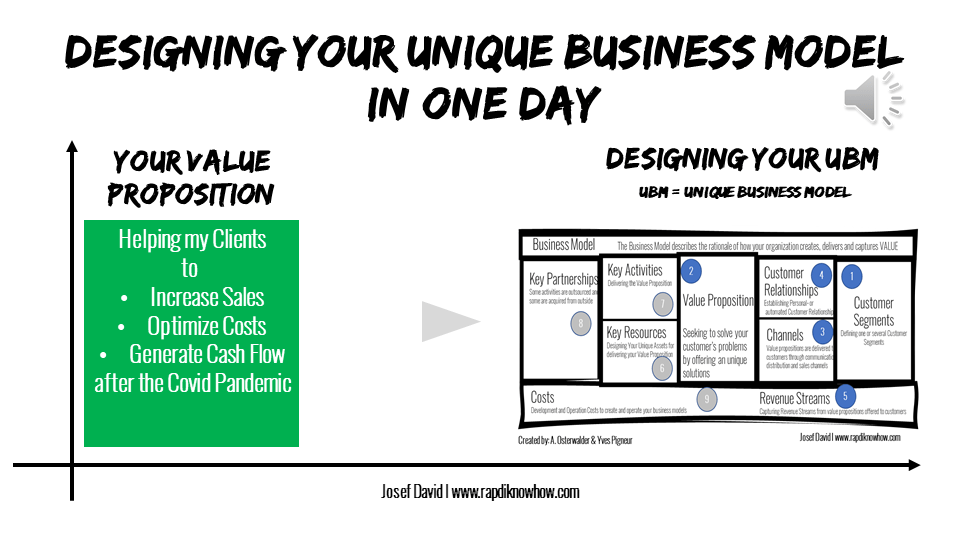Introduction: Understanding eBay’s Business Model
eBay is one of the most well-known and successful online marketplaces in the world. It was founded in 1995 by Pierre Omidyar as an auction website called AuctionWeb. Over the years, eBay has evolved and expanded its services to become a platform that connects buyers and sellers from all over the world.
eBay’s business model is based on providing a platform for individuals and businesses to buy and sell a wide range of products. The company does not own any inventory, but instead acts as a facilitator, connecting buyers and sellers and providing tools and resources to make transactions easier.
How eBay Connects Buyers and Sellers in the Digital Age
eBay’s platform is designed to make it easy for buyers and sellers to connect and transact. The website features a search bar where buyers can enter keywords to find the products they are looking for. eBay also offers advanced search and filtering tools that allow buyers to narrow down their search results based on specific criteria such as price range, location, and seller feedback.
Once a buyer finds a product they are interested in, they can click on the listing to view more details and photos. eBay provides sellers with the ability to include detailed descriptions, specifications, and shipping information for their products. Buyers can also view the seller’s feedback rating and read reviews from previous customers to help them make an informed decision.
eBay’s messaging system allows buyers and sellers to communicate directly with each other. This is particularly useful for buyers who have questions about a product or want to negotiate the price. Sellers can also use the messaging system to provide updates on shipping and delivery.
The Benefits of eBay for Buyers: A Wide Range of Products at Competitive Prices
One of the biggest benefits of shopping on eBay is the vast selection of products available. With millions of sellers from around the world, buyers can find almost anything they are looking for on the platform. Whether it’s a rare collectible, a brand new electronic device, or a second-hand item, chances are it can be found on eBay.
eBay’s auction format is another advantage for buyers. Sellers have the option to list their items for auction, allowing buyers to bid on them. This can lead to lower prices as buyers compete with each other to win the item. The auction format also adds an element of excitement and anticipation to the shopping experience.
For buyers who prefer immediate purchases, eBay offers a “Buy It Now” option. This allows sellers to set a fixed price for their items, and buyers can purchase them instantly without having to wait for an auction to end. This is particularly useful for buyers who want to secure an item quickly or are not interested in participating in an auction.
The Benefits of eBay for Sellers: A Platform for Global Reach and Increased Sales
eBay provides sellers with access to a global customer base, allowing them to reach buyers from all over the world. This is particularly beneficial for sellers who have niche products or unique items that may not have a large local market. By listing their products on eBay, sellers can increase their chances of finding buyers who are interested in what they have to offer.
eBay also provides sellers with a range of tools and resources to help them manage their listings and sales. Sellers can create detailed product listings with multiple photos and descriptions, making it easier for buyers to understand what they are purchasing. eBay also offers seller analytics and reporting tools that allow sellers to track their sales performance and make informed decisions about pricing and inventory management.
In terms of fees, eBay charges sellers a percentage of the final sale price as a commission fee. The exact fee varies depending on the category of the item being sold and the selling format (auction or “Buy It Now”). While some sellers may find these fees to be higher compared to other e-commerce platforms, eBay’s global reach and customer base can often make up for the higher fees.
The Role of Auctions in eBay’s Business Model: Creating a Thriving Marketplace
Auctions play a significant role in eBay’s business model. They create a sense of excitement and competition among buyers, which can lead to higher prices for sellers. The auction format also encourages buyer engagement, as buyers have the opportunity to participate in the bidding process and potentially win an item at a lower price than they would find elsewhere.
For sellers, auctions can be a great way to sell items that may not have a fixed market value or are difficult to price. By listing an item for auction, sellers can let the market determine its value through bidding. This can sometimes result in higher prices than what the seller initially expected.
eBay’s auction format also allows sellers to set a reserve price, which is the minimum price they are willing to accept for an item. If the bidding does not reach the reserve price, the seller is not obligated to sell the item. This provides sellers with some control over the final selling price and ensures that they do not sell their items for less than they are worth.
eBay’s Feedback System: Building Trust and Confidence in Online Transactions
eBay’s feedback system is a crucial component of its business model. It allows buyers and sellers to rate and review each other based on their transaction experience. After a transaction is completed, both parties have the opportunity to leave feedback and provide comments about their experience.
The feedback system plays a vital role in building trust and confidence in online transactions. Buyers can use feedback ratings and reviews to assess the reliability and reputation of sellers before making a purchase. Similarly, sellers can use feedback ratings to evaluate the trustworthiness of potential buyers.
eBay has policies in place to manage feedback and resolve disputes between buyers and sellers. For example, if a buyer leaves negative feedback that is deemed unfair or inaccurate, sellers can request that it be removed. Similarly, if a seller receives negative feedback from a buyer who did not follow the terms of the transaction, eBay may remove the feedback.
eBay’s Seller Protection Policies: Ensuring a Safe and Secure Platform for Sellers
eBay has implemented various seller protection policies to ensure a safe and secure platform for sellers. One of these policies is the seller performance standards, which outline the expectations and requirements for sellers to maintain a high level of service. Sellers who consistently meet or exceed these standards are eligible for additional benefits and protections.
Another important aspect of seller protection is eBay’s resolution center. This is where sellers can go to report issues or problems with buyers, such as non-payment or fraudulent activity. eBay has a team dedicated to resolving these disputes and ensuring that sellers are protected from any potential losses.
eBay also provides sellers with tools and resources to help them prevent and manage issues such as unpaid items and returns. For example, sellers can set up automatic unpaid item cases to open if a buyer does not pay within a specified timeframe. This helps sellers recover any fees associated with the transaction and relist the item for sale.
The Importance of eBay’s Buyer Protection Program: Safeguarding Buyers’ Interests
eBay’s buyer protection program is designed to safeguard buyers’ interests and ensure a safe and secure shopping experience. The program offers various protections for buyers, such as refunds for undelivered items or items that are significantly not as described.
If a buyer does not receive an item or receives an item that is not as described, they can open a case through eBay’s resolution center. eBay will then review the case and may issue a refund to the buyer if they determine that the seller is at fault. This provides buyers with peace of mind knowing that they are protected in case something goes wrong with their purchase.
It’s important to note that eBay’s buyer protection program is not a guarantee of a refund in every case. Buyers are still expected to follow the proper procedures and provide evidence to support their claim. eBay will review the case and make a decision based on the available information.
eBay’s Expansion into Mobile Commerce: Enabling Convenient Shopping on the Go
In recent years, eBay has adapted to the rise of mobile devices and the increasing popularity of mobile commerce. The company has developed a mobile app that allows buyers and sellers to transact on the go, making it more convenient for users to shop and sell from anywhere.
eBay’s mobile app offers a range of features that enhance the shopping experience. For example, buyers can use the app to search for products, place bids, and make purchases. Sellers can use the app to manage their listings, respond to messages from buyers, and track their sales performance.
One of the key features of eBay’s mobile app is barcode scanning. This allows buyers to scan barcodes on products in physical stores and compare prices on eBay. This feature makes it easier for buyers to find the best deals and make informed purchasing decisions.
The app also provides push notifications, which alert users about new listings, price drops, or bidding activity on items they are interested in. This helps buyers stay updated and ensures that they don’t miss out on any opportunities.
Conclusion: eBay’s Business Model Continues to Evolve and Thrive in the Digital Age
eBay’s business model has evolved over the years to meet the changing needs of buyers and sellers in the digital age. The company has successfully created a platform that connects millions of buyers and sellers from around the world, offering a wide range of products at competitive prices.
eBay’s platform provides numerous benefits for both buyers and sellers. Buyers have access to a vast selection of products, can participate in auctions for lower prices, and have the option for immediate purchases through “Buy It Now.” Sellers, on the other hand, can reach a global customer base, have access to seller tools and resources, and benefit from eBay’s auction format.
eBay’s feedback system, seller protection policies, and buyer protection program are all designed to build trust and confidence in online transactions. These features ensure that both buyers and sellers are protected and have a positive experience on the platform.
As eBay continues to adapt to the changing landscape of e-commerce, it is likely to remain a dominant player in the industry. The company’s expansion into mobile commerce and its commitment to providing innovative features and services demonstrate its ability to evolve and thrive in the digital age.




